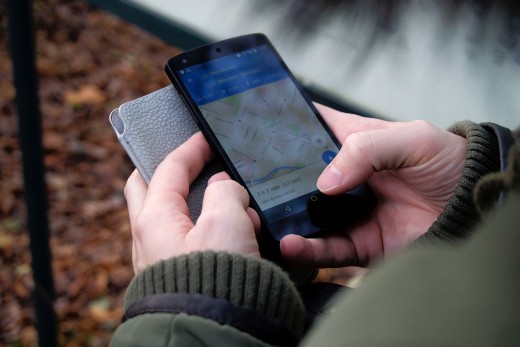Raped, Enslaved, Humiliated: What Is Child Kidnapping about in America?
Beaten up to 200 times a week, shaven off and forced to walk around half-naked as a slave, Natascha Kampusch, an Austrian woman, spent eight years in captivity. In 1998, the 10-year-old girl was abducted by Wolfgang Priklopil, 44, while heading to school, and locked in a “hermetically sealed" prison.
The abductor manacled her to himself when they slept together in his bed, threatened, and manipulated her. Later Natascha related that she’d heard the snap of her spine while being constantly punched.
In August 2006, at the age of 18, she fled. Right after her escape, Priklopil committed suicide.

The Very Nature of Kidnapping
The Office of Juvenile Justice and Delinquency Prevention categorizes six types of missing:
- Family abduction: a family member or someone on behalf of them takes or fails to return a kid in violation of a custody order, and holds a child against their will
- Nonfamily abduction: a nonfamily perpetrator uses force or threat to detain a child without an authorized permission by law or parents
- Stereotypical kidnapping or nonfamily abduction subtype: a stranger, person of unknown identity, or slight acquaintance detains the child and may cause a physical damage
- Runaway and thrown away: these are children who leave homes without permission for a specified period or whom an adult, a household member tells to leave or inhibits from returning home
- Missing involuntary, lost, stranded, or injured: a child whose exact location is unknown to a caretaker and who is unable to inform about whereabouts due to being lost, stranded, or injured; this makes caretakers report to the relevant agencies
- Missing, benign explanation: children whose exact location is unknown for no reason and who do not fit any of the types described above.
It is especially noteworthy that strangers are changing their technique of luring kids. Now on, it’s not just about drawing a child with a puppy in hands.
Since 51% of American teens use Facebook, 52% - Instagram, 41% - Snapchat (the 2018 Survey of the Pew Research Center), abductors or abusers befriend children on social media under fake profiles and lead to a physical meeting.

Missing Children Rates
According to the United States Department of Justice, in 2017, there were 464,324 missing children reports in the FBI’s National Crime Information Center. However, only 6% were abductions. The last National Incidence Studies of Missing, Abducted, Runaway and Thrownaway children conducted by the Office of the Juvenile Justice and Delinquency Prevention show that the rates of missing children are remarkably lower than the 1999 rates. The same studies explain such decrease by a large cell phone technology use. It is not a surprise as between 2000 and 2015, there was a tendency for Americans (both underage and adults) to technologize themselves - from 53% to 92% (Pew Research Center, 2017).
Technology Contribution
Parents interviewed for the National Incidence Studies said that the alarm bell for them to report missing was their children not being reachable by the phone. 51% of parents mentioned the role of kids’ (and parents’) cell phone. Thus, this category of missing kids is more likely to be decreased.
The tracking apps might come in handy as well. That way, Derek Grant from the UK used iOS tracking software to pinpoint the thief of his son’s phone. Armed with the knife, the criminal robbed the kid when he was going back home from work in Mcdonalds.
A mother tracked her abducted daughter’s mobile phone by using the Find My iPhone app.
The Pennsylvania State Police were "notified by the victim's mother that her daughter had been taken against her will by her ex-boyfriend". The teen was sending alert text messages. As a result, the girl was found in a McDonald's parking lot more than 150 miles away from home.

Wrapping It Up
Kids kidnapping decrease is a result of multiple factors, such as law enforcement agencies’ responsiveness, online resources, state programs like the Amber Alert System, and the individual caretaker’s input. The latter becomes more effective when combined with tracking technology.







